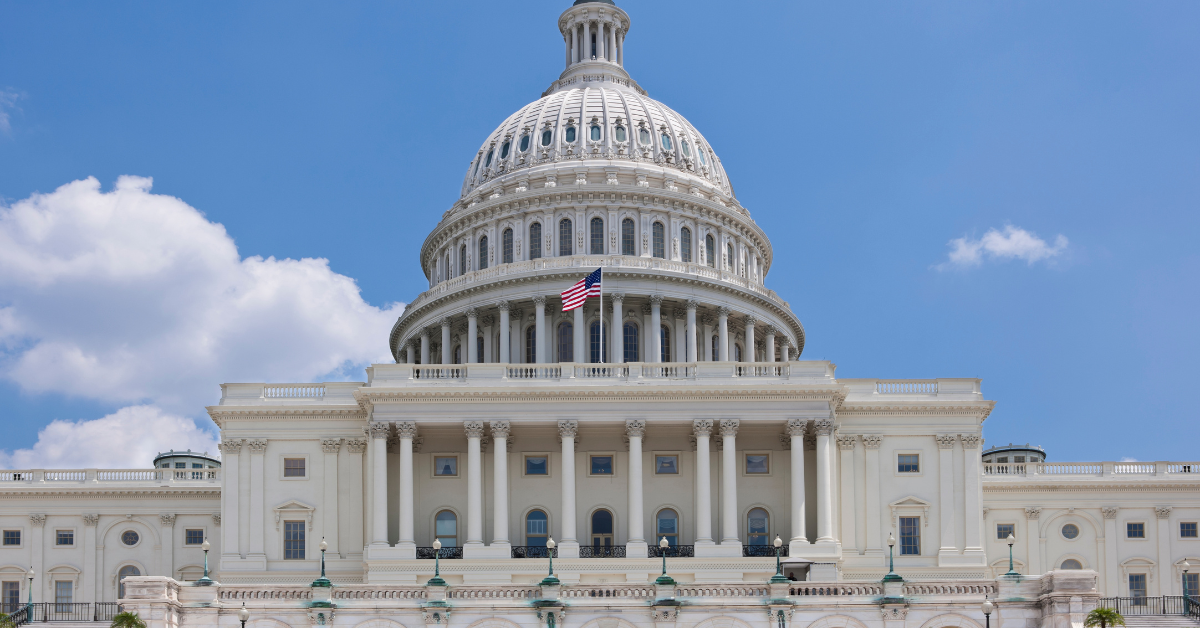Have you ever wondered why Japanese write America as 「米国」? At first, it seems strange because 米 means rice, not America. However, this abbreviation has a deep historical and linguistic reason. This article explains why 「米国」 is used, how it connects to Chinese readings, and why understanding this helps you read Japanese news and documents confidently.
HISTORICAL ORIGIN AND ABBREVIATION SYSTEM
HOW DID 「米」 BECOME THE SYMBOL FOR AMERICA?
In Chinese, America is written as 亜米利加. Japanese borrowed this reading during the Meiji period’s modernization. The abbreviation 米国 combines 米 and 国, meaning “America” formally. This follows the pattern used for other countries, where kanji are chosen for distinctiveness and phonetic clarity. 米 was selected not for meaning but sound, as it reflects the “me” in Ame-ri-ka. Below is a table summarizing this abbreviation logic.
| Full Kanji Name | Reading | Abbreviation | Reason |
|---|---|---|---|
| 亜米利加 | Ameirika | 米国 | 米 (bei) reflects “me” in Ame-ri-ka |
This system remains standard in Japanese government, media, and academic writing, providing clarity across documents. The consistent use of 米国 rather than アメリカ in formal contexts demonstrates Japan’s linguistic precision.
WHY NOT USE 亜国 OR 利国?
SELECTION CRITERIA FOR ABBREVIATION CHARACTERS
Some might ask why not use 亜国 or 利国. 亜 means Asia or sub-, which is ambiguous and widely used elsewhere. 利 means benefit or advantage, lacking direct association with America’s name. 米, however, uniquely represents America within 亜米利加. The table below compares potential choices.
| Kanji | Meaning | Why not used? |
|---|---|---|
| 亜 | Asia, sub- | Too general, not distinctive for America |
| 米 | Rice, bei | Phonetic match to “me” in Ame-ri-ka |
| 利 | Benefit | No phonetic or symbolic connection |
This selection strategy prioritizes clarity, ensuring each country abbreviation remains unambiguous in official documents and news reporting.
OTHER COUNTRY ABBREVIATIONS IN JAPANESE
HOW DOES THIS SYSTEM APPLY TO OTHER COUNTRIES?
Here is a detailed table of other country abbreviations.
| Country | Full Kanji Name | Abbreviation | Reading |
|---|---|---|---|
| England | 英吉利 | 英国 | Ei-koku |
| France | 仏蘭西 | 仏国 | Fu-koku |
| Germany | 独逸 | 独国 | Do-koku |
| Italy | 伊太利亜 | 伊国 | I-koku |
| Russia | 露西亜 | 露国 | Ro-koku |
Each abbreviation uses the most distinctive character from the original Chinese reading, ensuring quick identification. These are used in government statements, legal documents, and academic research papers to maintain consistency.
PRACTICAL USAGE OF 米国 IN DAILY LIFE
WHEN IS 米国 USED IN JAPANESE?
In daily conversation, people usually say アメリカ. For example, “I will go to America next month” becomes 来月アメリカに行きます. However, 米国 is standard in formal writing, such as news headlines, economic reports, and political discussions. For instance, 米国大統領 means “US President,” 米国経済 means “US Economy.” Using 米国 instead of アメリカ gives your Japanese writing a professional and objective tone. Below is a table of examples.
| Phrase | Meaning | Context |
|---|---|---|
| 米国大統領 | US President | News, politics |
| 米国経済 | US Economy | Economics, finance |
| 米国市場 | US Market | Business reports |
THE CULTURAL AND LINGUISTIC SIGNIFICANCE
WHY IS THIS IMPORTANT FOR LEARNERS?
Understanding why 米国 is used enhances kanji literacy and comprehension of Japanese formal language. It also provides insight into how Japanese integrates Chinese readings to build efficient communication systems. This knowledge is essential for reading newspapers, official documents, and academic texts accurately. Moreover, it deepens cultural understanding, revealing Japan’s approach to foreign words and abbreviation logic. Learning these conventions will strengthen your Japanese reading skills and prepare you for advanced levels such as JLPT N1.
CONCLUSION
KEY TAKEAWAYS ABOUT 「米国」
In conclusion, 米国 does not mean “Rice Country.” It is an abbreviation derived from the Chinese reading of America, where 米 was chosen for its phonetic match to “me” in Ame-ri-ka. This system is consistent with other country abbreviations in Japanese, emphasizing clarity and brevity in formal contexts. By mastering these abbreviations, learners can read Japanese media, academic texts, and government documents with confidence, gaining both linguistic and cultural proficiency.






